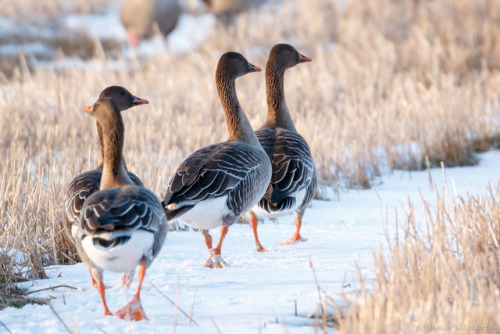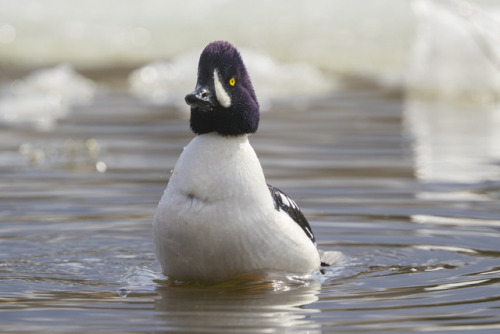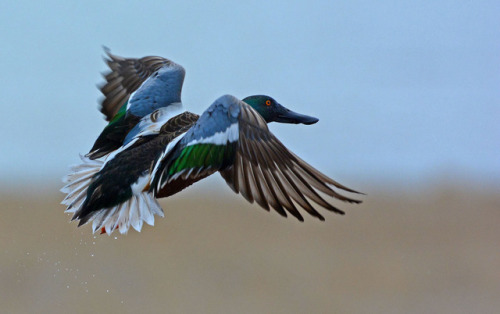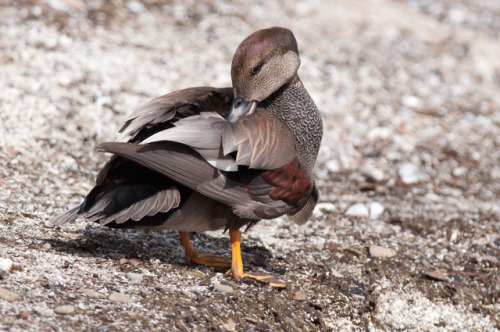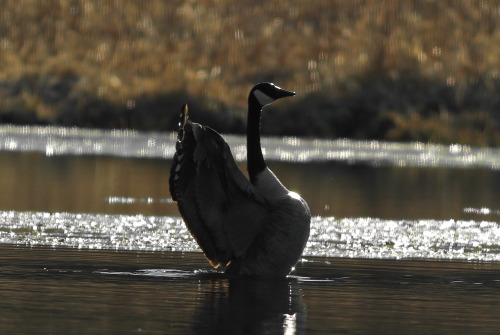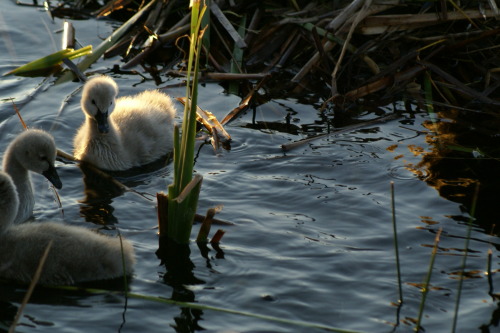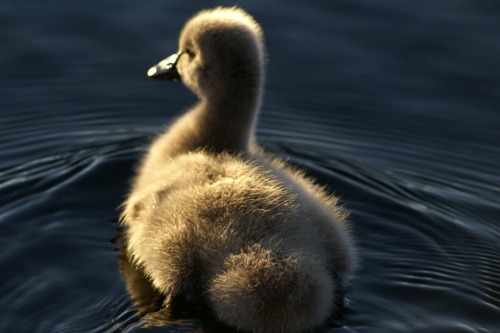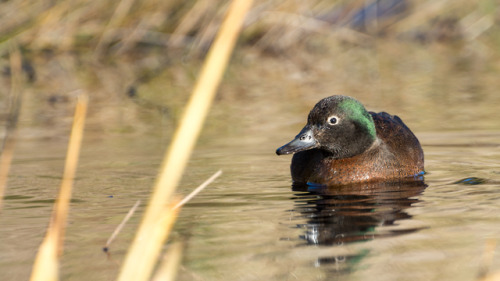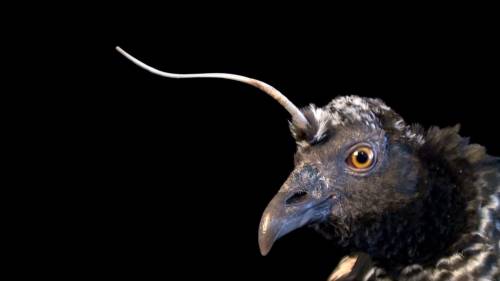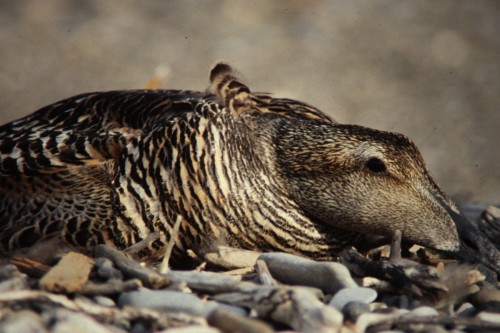#anseriformes

A greylag and its young gosling waddling around in the rain at Slimbridge wetlands, in Gloucestershire, UK - Photograph: Ben Birchall/PA
clicksource for more Week in Wildlife photos
An elegant beast stretches, spits and flaps as the sun rises and the water glints, somewhere in the Midwest.
Post link
A Big Splash
I practiced a little social distancing this past Sunday when I drove to Barnegat Light State Park and walked out along the beach and the rock jetty. A merganser drake came in for a landing and made quite a splash with his debut. Sometimes the action is better than the animal itself. A northeast wind kept migrating northern gannets drifting closer to the shoreline and into view from the jetty. It was great to get a last look at some of the wintering birds before they complete the last leg of their northern journey to breed for the season. #Merganserwww.danieldauria.com (at Barnegat Light, New Jersey)
https://www.instagram.com/p/B98KmybAEcY/?igshid=fukxmfmiyn3f
Post link

South America//Least Concern//Anseriformes//image source
Fun Fact: All three screamer species have sharp spurs on their wings. They are most closely related to waterfowl.
HORNED SCREAMER
Anhima cornuta
©Joel Sartore
How did I not know this bird existed?
It’s a wetlands bird endemic to tropical South America. What makes it unique, is that it grows a bony cornified (keratinized) spike from it’s head, which frequently breaks and regrows, and it has a spur used for fighting, growing out of each wing.

©Pat ODonnellRainforest Expeditions
The horned screamer is a massive 84–95 cm (33–37.5 in) long, 3.5 kg (7.7 lb) bird, with a small chicken-like bill. The upper parts, head, and breast are black, with white speckles on the crown, throat and wing coverts.
There is a long spiny structure projecting forward from the crown. This structure is unique among birds and is not derived from a feather but is a structure that is loosely attached to the skull and grows continuously. This gives this species its ‘horned’ name.
It has very long and lanky legs and three large toes in each. The belly and under wing coverts are white. It has two sharp spurs on its wings and feet which are only partially webbed.
The horned screamer’s call, as its name suggests, is a very loud echoing sound. source
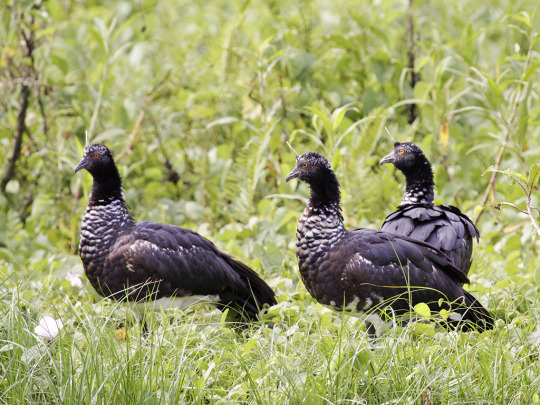
©Bill Bouton from San Luis Obispo, CA, USA Mostly they look like unicorn pheasants, more than the Anseriformes group they belong to which includes swans, geese and ducks.
Post link

